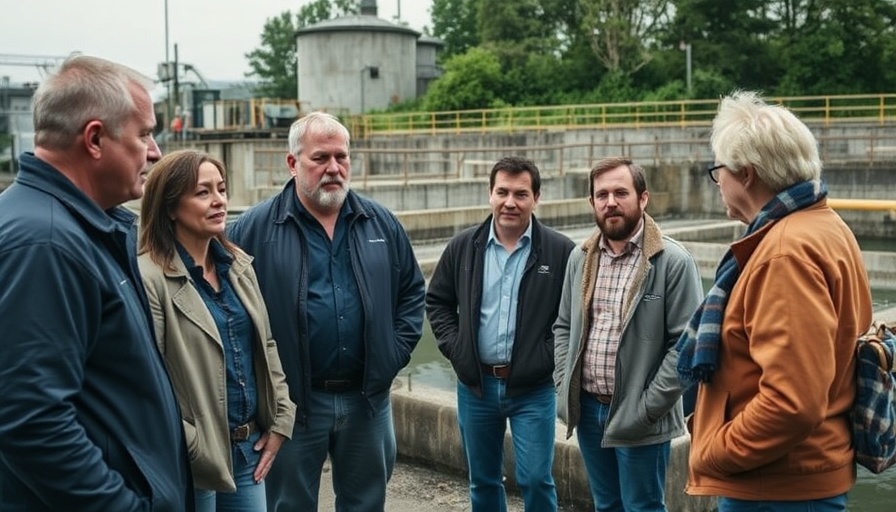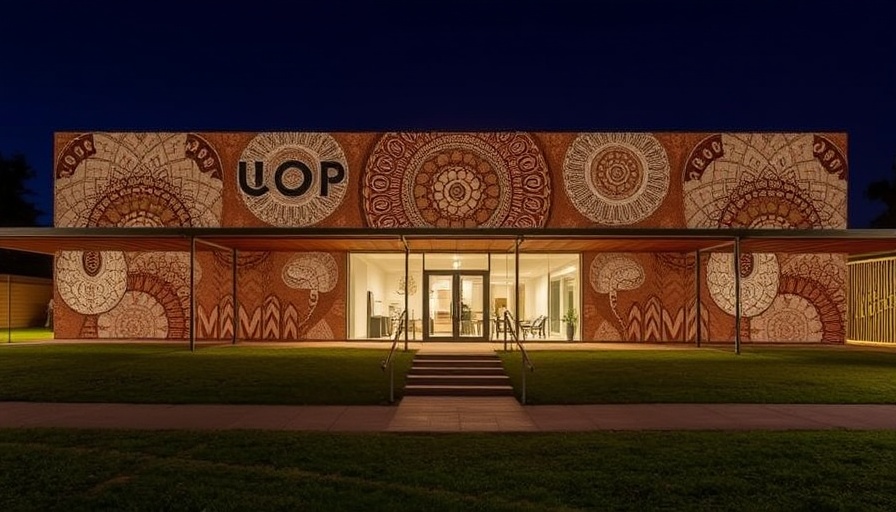
Gen Z’s Shift Toward Trade Jobs: What’s Driving the Change?
In a world increasingly dominated by technology and artificial intelligence (AI), a surprising trend is emerging among Gen Zers: a growing inclination towards trade jobs. Recent statistics reveal that over 40% of this generation is opting for careers in skilled trades, highlighting a shift influenced by both economic uncertainties and a desire for job stability.
The Role of Economic Circumstances
The COVID-19 pandemic had a profound impact on the career trajectories of Gen Z. Many young workers entered the job market during this tumultuous period, witnessing firsthand the challenges of job insecurity. With hiring freezes and an economic downturn affecting countless industries, it’s no wonder that many are now seeking the reliability that trade jobs can provide. Facilities management, plumbing, electrical work, and other trades offer not only financial stability but also the potential for growth as they adapt to changing market demands.
Social Media's Influence: Making Trades Visible
Social media has played a pivotal role in reshaping perceptions of trade jobs. Platforms like TikTok and Instagram are inundated with content showcasing the day-to-day lives of tradespeople. This visibility is empowering a new generation, making high-skilled trades more appealing and relatable. Many Gen Zers report feeling motivated by seeing peers succeed in trades, with 29% acknowledging that they have witnessed others thriving in these professions. As these jobs are portrayed as dynamic and rewarding rather than mundane, interest in trade careers is surging.
Hands-On Work: A Preference for Practicality
Interestingly, the stereotype of Gen Z as a lazy generation is being challenged by their strong preference for hands-on work. A survey by ResumeBuilder highlighted that 36% of respondents favor practical jobs, believing they offer better job security. This desire for tangible, direct engagement in their work showcases a shift toward valuing job satisfaction and stability over traditional career paths that may offer less immediate rewards.
Education and Employment Expectations
A notable trend among Gen Z is the growing disillusionment with traditional higher education. Many graduates are finding that their degrees do not lead to the careers they envisioned. In fact, 19% of college graduates reported difficulty finding jobs in their fields, and 16% stated their degrees did not yield a satisfactory income. As they reassess their expectations and reconsider their paths, trade education is becoming a viable alternative, offering apprenticeships and on-the-job training that feel more aligned with their actual career goals.
Future Predictions for Trade Jobs
Looking ahead, this newfound interest in trade jobs is likely to reshape the workforce landscape. As automation continues to advance, skilled trades will be essential in maintaining and adapting technology-driven environments. With a growing number of job openings projected in skilled trades, Gen Z's focus on these careers could lead to a renaissance in the trades sector, fostering a generation that values craftsmanship, expertise, and practical skills in a rapidly changing job market.
Concluding Thoughts
Trade jobs are emerging as a beacon of opportunity for Gen Z, providing stability, visibility, and a chance to engage in fulfilling work. As this generation continues to redefine their career aspirations amidst economic fluctuations and technological advancements, embracing trade professions could pave the way for a successful and rewarding future. For those considering their paths forward, exploring the realms of skilled trades may uncover a world filled with promise.
 Add Row
Add Row  Add
Add 






Write A Comment